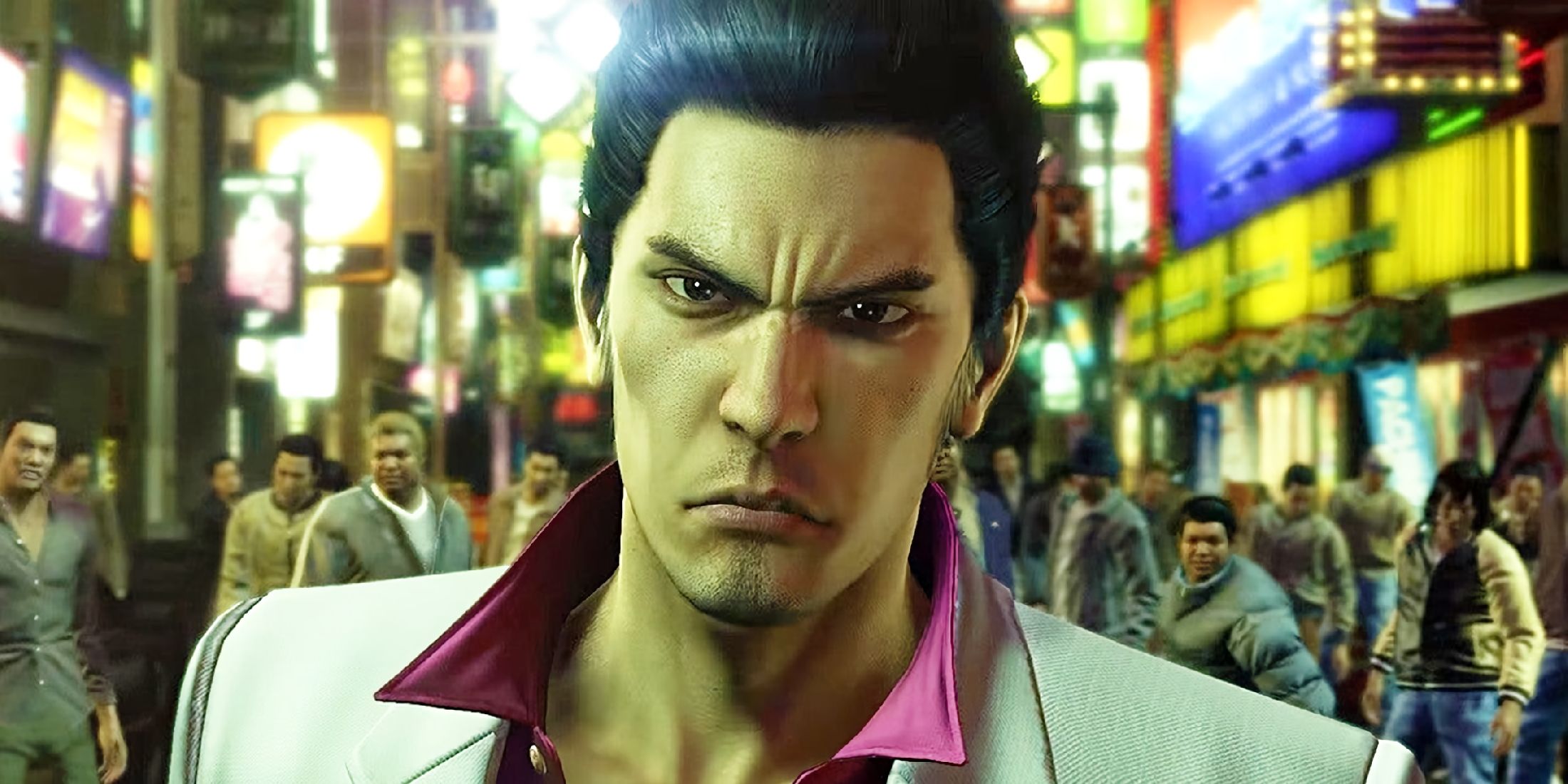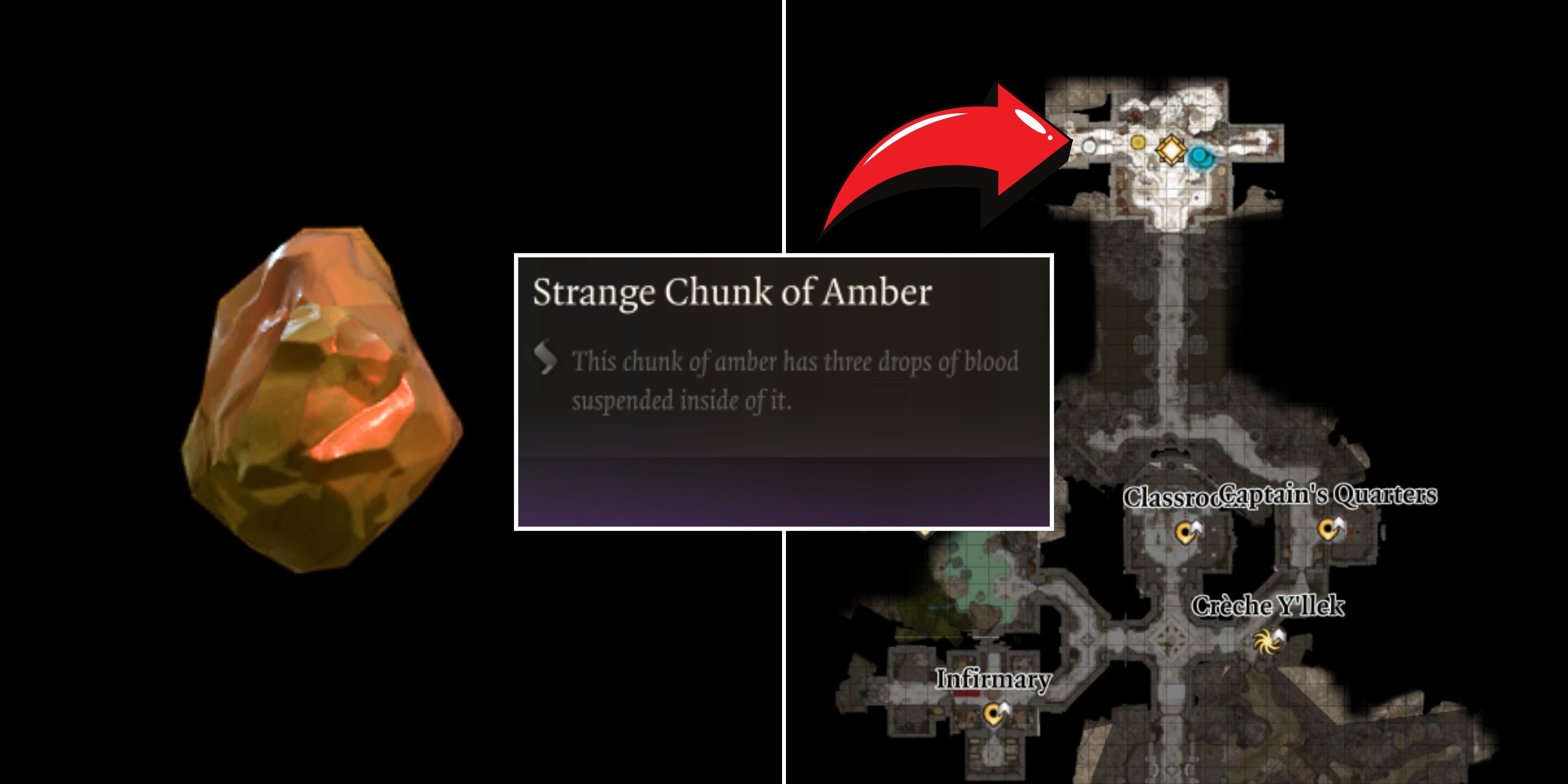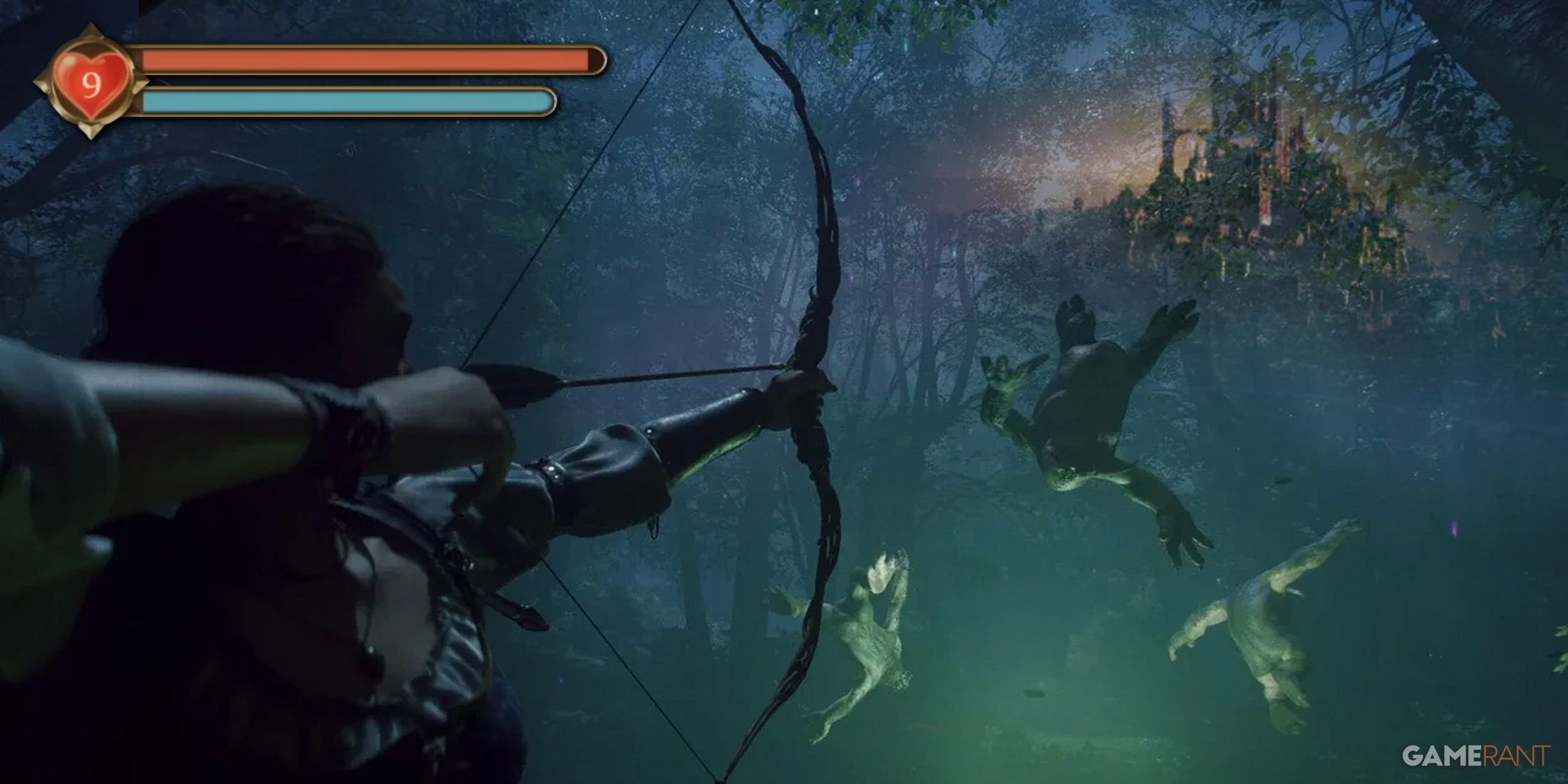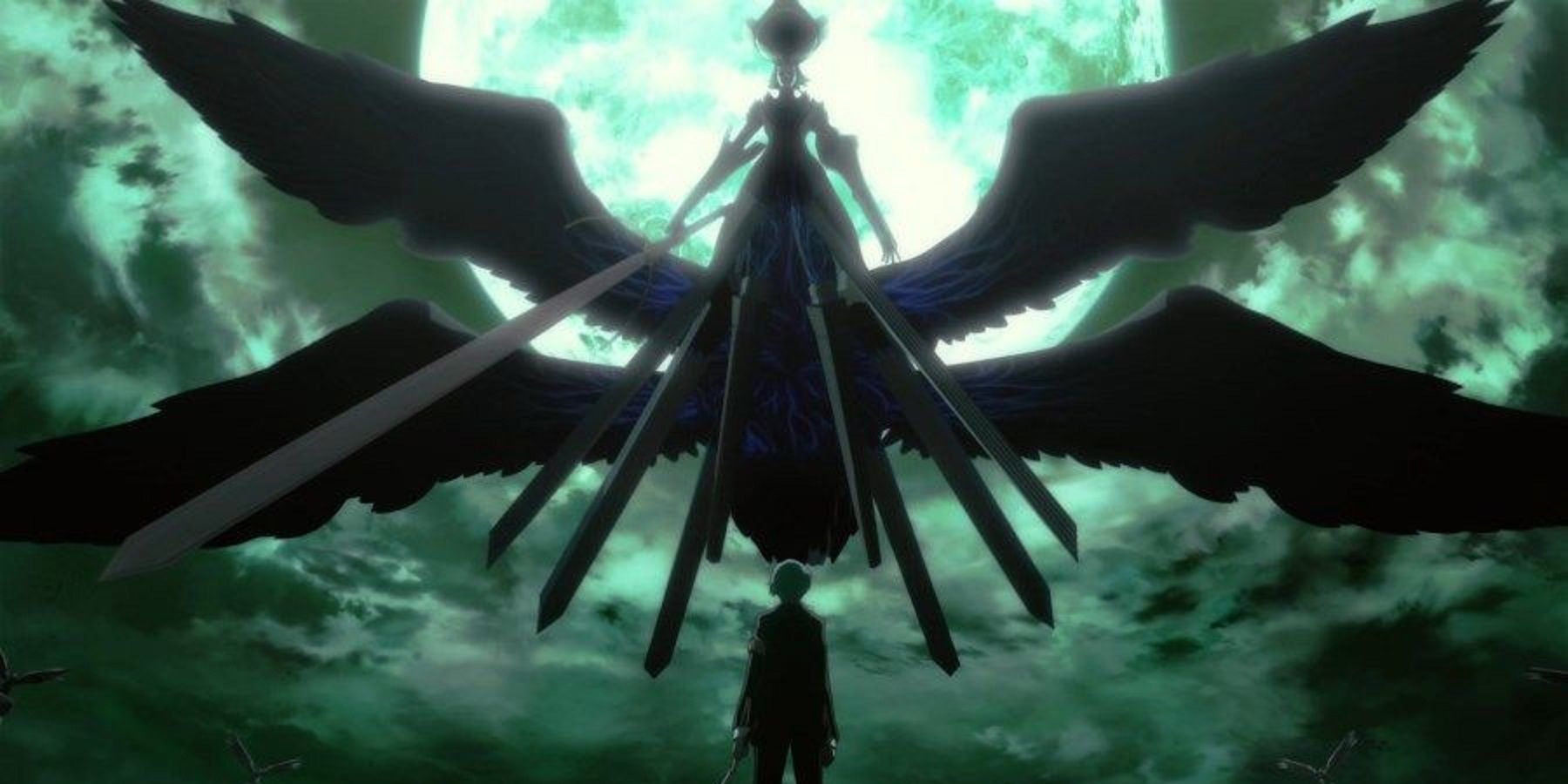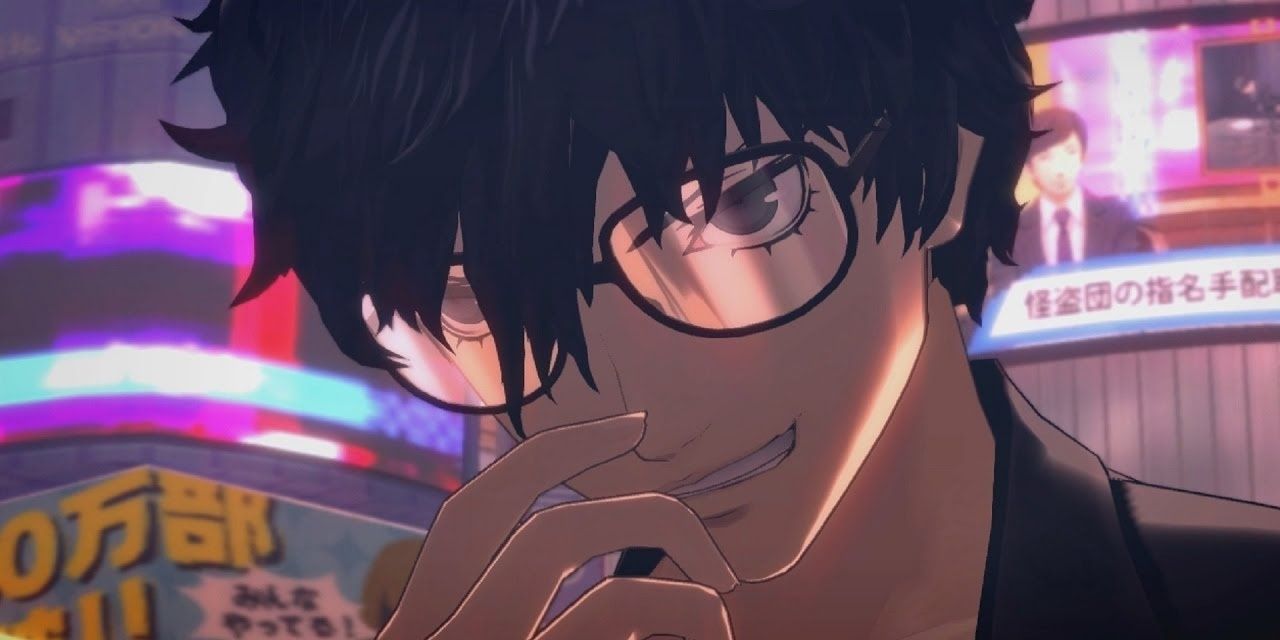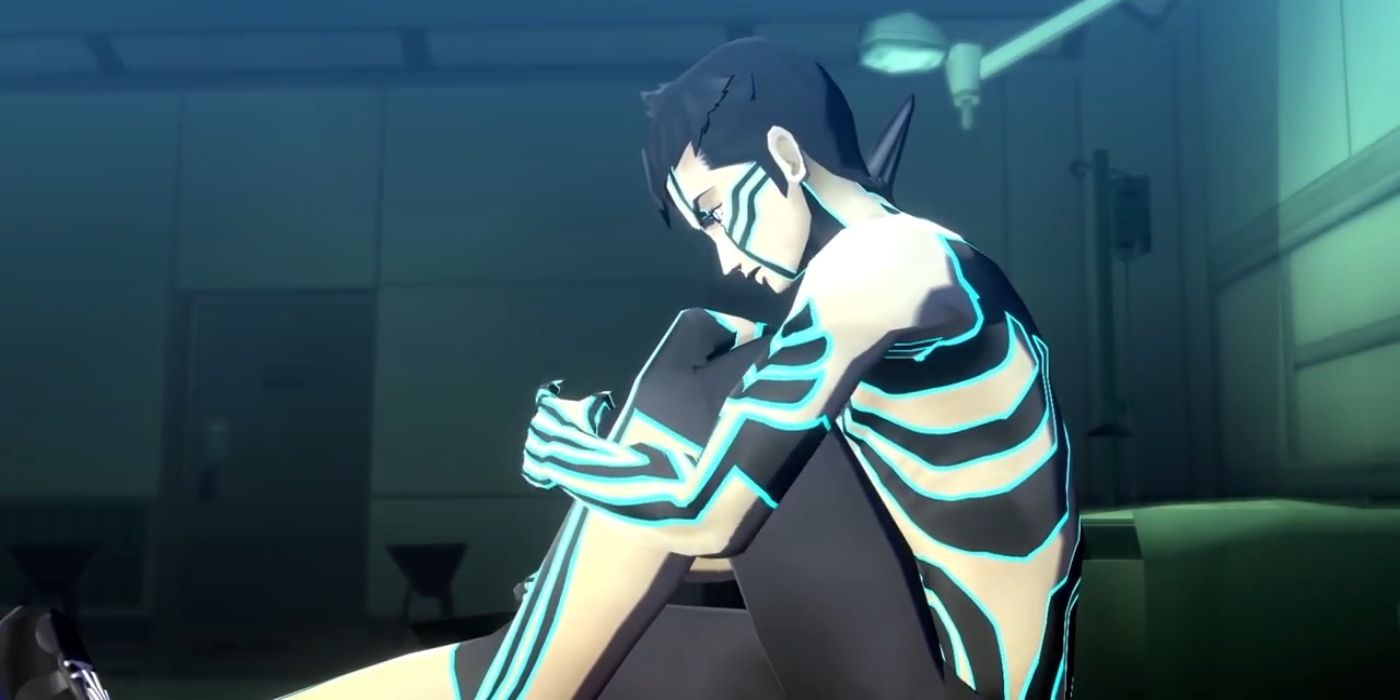The Persona series and the Shin Megami Tensei series it spun out of have a lot of things in common, but they also have a number of striking differences - even when they touch upon the same topic. Both Persona and Shin Megami Tensei feature the end of the world, but they have very distinct approaches to the apocalypse. The end of the world may sound like a simple thing, but the spin a story puts on the end of humanity can change everything.
Although both series touch on topics like demons, Jungian shadows, and the boundary between reality and fantasy, Persona games have a more personal focus than their parent series. They often take place in familiar environments - namely, Japanese high schools - and feature realistic characters. Meanwhile, Shin Megami Tensei games explore deep moral quandaries through outlandish locales and larger-than-life characters. In short, Persona features the supernatural, but Shin Megami Tensei is about the supernatural. This difference in theme and overall presentation carries over to their takes on the apocalypse.
The Personal Apocalypse of Persona
In Persona games, the destruction of humanity is inherently connected to humanity. It serves as a way to examine the true nature of people, from party members to villains and innocent bystanders. In each Persona title, there's an apocalyptic event that becomes the main looming threat hanging over the player's head. This threat is somehow connected to the collective unconsciousness of humanity and can only be averted by the characters coming together and overcoming their flaws. However, doing so tends to require great personal sacrifice. In Persona 2: Innocent Sin and various bad endings in the other games, characters fail to save the world and are destroyed along with it, either metaphorically or literally.
The apocalypse is also personified in Persona. In these games, the apocalypse is not an external force - it comes from within humanity. As such, each title features at least one character who represents the coming end and typically acts as the final boss. This is most clear in Persona 3, where the oncoming apocalypse is personified in the disturbing situation of Ryoji Mochizuki. Ryoji is both a flirty transfer student the player can befriend or romance, and a humanoid abomination who is involuntarily pulling an alien being sealed in the moon onto a crash course with Earth.
Neither Ryoji nor the Nyx Avatar he is becoming truly wants to destroy humanity, but they perceive humans as yearning for self-destruction and want to grant them peace. Izanami in Persona 4 and Yaldabaoth in Persona 5 are also acting in what they believe is humanity's best interest, meanwhile Nyarlathotep in Persona 2 tries to destroy the world because it's the very incarnation of human evil. The apocalypse in Persona games is a deliberate thing, made meaningful by personal tragedy and sacrifice.
The Impersonal Apocalypse of Shin Megami Tensei
The Shin Megami Tensei series takes the opposite approach with a healthy dose of Lovecraftian horror. The unstoppable apocalypse comes from outside reality, and anything that survives will be all-but unrecognizable. In Persona, the protagonists' goal is to stop the end of the world; many Shin Megami Tensei titles begin with the end of the world and force the player to watch as humanity is destroyed. In Shin Megami Tensei 3: Nocturne and Shin Megami Tensei 5, the player only really gets control once the dust has settled. All mainline Shin Megami Tensei games have the world end partway through the gameplay, creating a sense of helplessness that Persona has never captured.
A recurring theme in Shin Megami Tensei is loss. Each protagonist begins with friends and allies who gradually die or betray them. In the end, the player may still have the power to overcome the apocalypse or start something new, but they generally don't manage anything close to saving the world. If they do, it's often implied that wasn't the best solution. Shin Megami Tensei 3: Nocturne outright challenges the player to seek out an ending that destroys even the cycle of rebirth.
In Shin Megami Tensei, the apocalypse is as distant and impersonal as it gets. The end of the world isn't about anyone, it's not even about humanity as a whole. The apocalypse is simply one more terrible event in a JRPG horror franchise, and how the characters struggle to deal with their irrelevancy drives them to horrific outcomes.
Persona 6 is in development.

